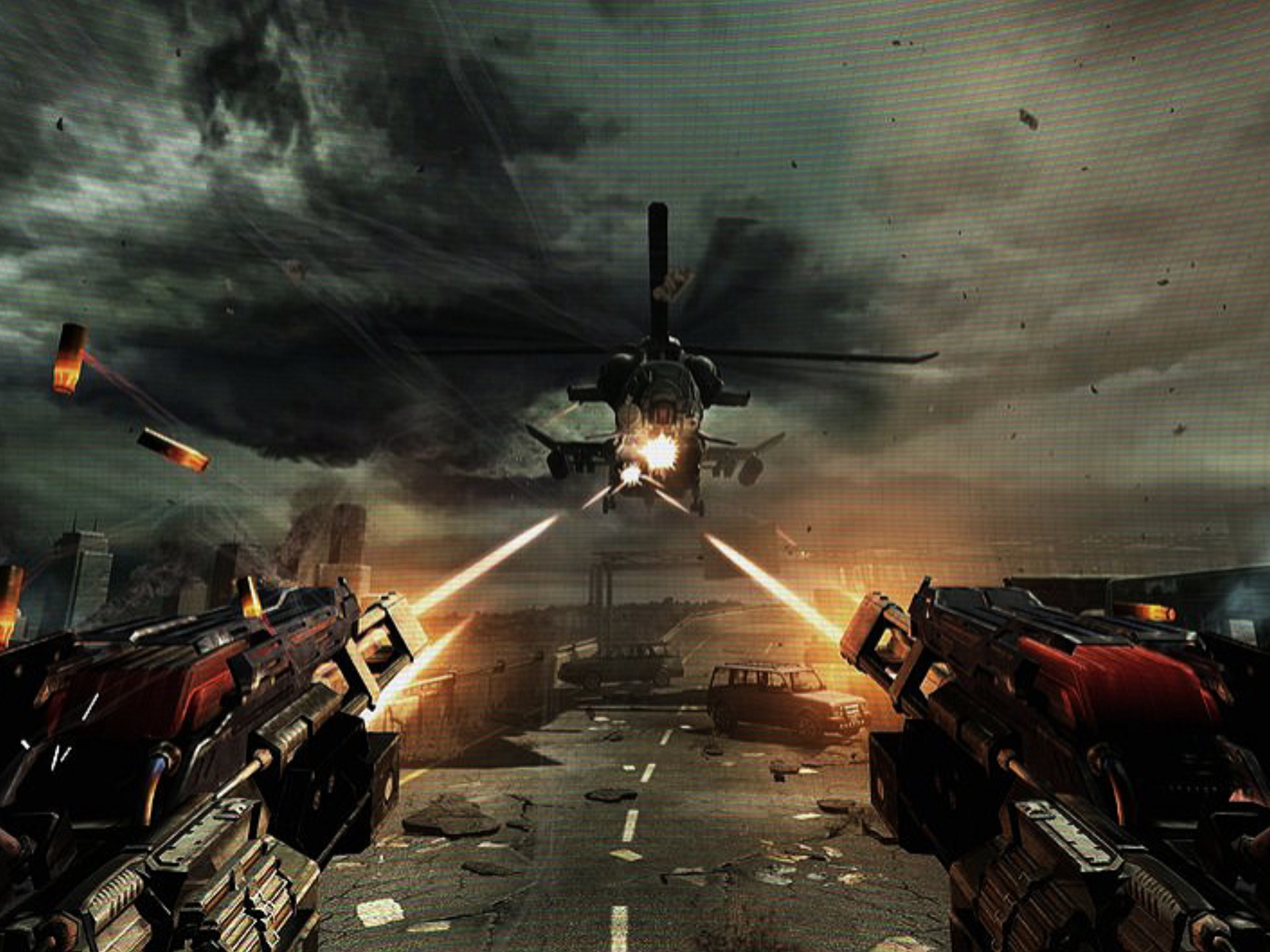Mount Speed in MMORPGs: Balanced for Exploration?
Introduction
Massively Multiplayer Online Role-Playing Games (MMORPGs) often feature expansive worlds filled with hidden treasures, dangerous dungeons, and breathtaking landscapes. To traverse these vast environments, players rely on mounts—swift steeds, flying dragons, or mechanical contraptions that reduce travel time. However, the speed at which mounts move can significantly impact gameplay, particularly exploration.
Is mount speed balanced to encourage exploration, or does it inadvertently discourage it by making traversal too fast? This article examines how mount speed affects player engagement, world immersion, and game design philosophy.
The Role of Mounts in MMORPGs
Mounts serve multiple purposes:
- Convenience – Faster movement reduces downtime between objectives.
- Prestige – Rare or high-speed mounts often symbolize player achievement.
- Immersion – Mounts enhance the fantasy of riding through a living world.
However, the primary function remains speed. Games like World of Warcraft (WoW), Final Fantasy XIV (FFXIV), and Guild Wars 2 (GW2) offer varying mount speeds, with upgrades unlocked through progression.
Fast Mounts: Efficiency vs. Exploration
The Case for Faster Mounts
- Reduces Grind – Players appreciate skipping tedious travel, especially in repetitive quests.
- Encourages Endgame Play – High-speed mounts reward dedicated players, making late-game content more accessible.
- Competitive Edge – In PvP or timed events, speed is crucial.
The Downsides of Excessive Speed
- World Feels Smaller – When players zoom past landscapes, they miss environmental storytelling.
- Less Danger – Fast mounts allow players to evade threats too easily, reducing immersion.
- Exploration Becomes Optional – If mounts trivialize distance, players may ignore hidden content.
Slow Mounts: Encouraging Discovery
Some games intentionally limit mount speed to preserve exploration:
- The Elder Scrolls Online (ESO) – Mounts start slow but can be upgraded, balancing early-game exploration with late-game convenience.
- Red Dead Online – Horses have realistic speeds, forcing players to engage with the world.
Benefits of Slower Movement
- Environmental Appreciation – Players notice hidden caves, NPC dialogues, and lore-rich locations.
- Risk vs. Reward – Traveling through dangerous zones becomes a strategic decision.
- More Meaningful Upgrades – Unlocking faster mounts feels rewarding rather than expected.
Potential Frustrations
- Tedious Early Game – New players may find travel frustrating before unlocking speed boosts.
- Outdated Design? – Modern gamers expect convenience; slow movement may feel archaic.
Alternative Solutions: Balanced Mount Mechanics
Instead of binary fast/slow systems, some games implement dynamic mechanics:
1. Conditional Speed Boosts
- GW2’s Griffon – Fast only when diving, encouraging aerial exploration.
- WoW’s Dragonriding – Momentum-based flight that rewards skill.
2. Zone-Based Restrictions
- Cities may disable mounts to encourage social interaction.
- Dungeons or hostile areas could limit speed to increase tension.
3. Mount Abilities Beyond Speed
- FFXIV’s Chocobo – Can fight alongside players, adding utility beyond movement.
- Black Desert Online’s Horse Breeding – Customizable stats create depth beyond raw speed.
Player Psychology and Mount Speed
Game designers must consider how players perceive speed:
- Instant Gratification vs. Long-Term Engagement – Fast mounts appeal to efficiency-driven players, while slower movement suits explorers.
- The "Taxi Effect" – If mounts feel like loading-screen replacements, the world loses depth.
- Nostalgia Factor – Older MMORPGs (EverQuest, RuneScape) had no mounts, making travel an adventure. Modern players may reject such pacing.
Case Studies: How Popular Games Handle Mount Speed
1. World of Warcraft
- Base Speed: 60% → 100% (with upgrades)
- Flying Mounts: Unlocked in later expansions, reducing ground exploration.
- Dragonriding (2022): Introduced skill-based flying, making speed engaging rather than passive.
Verdict: WoW struggles between old-school exploration and modern convenience.
2. Final Fantasy XIV
- Mounts: Standardized speed (with minor boosts in later zones).
- No Flying Until Story Unlock: Forces initial ground exploration.
Verdict: Balances accessibility with structured discovery.
3. Guild Wars 2
- Mounts with Unique Mechanics: Roller Beetle (speedster), Skyscale (climber).
- Encourages Mastery: Players must learn mount mechanics for optimal speed.
Verdict: One of the best-balanced systems—speed rewards skill, not just stats.
Conclusion: Finding the Right Pace
Mount speed is a delicate balancing act. Too fast, and the world feels hollow; too slow, and players grow impatient. The best systems:
✔ Reward exploration without punishing efficiency.
✔ Integrate speed with gameplay mechanics (e.g., momentum, abilities).
✔ Allow progression—speed should feel earned, not handed out.
Future MMORPGs could experiment with adaptive speeds (e.g., slower in new zones, faster in familiar ones) or mount customization (prioritizing speed, stamina, or utility).
Ultimately, the ideal mount speed doesn’t just move players—it moves them in a way that enhances the adventure.
Final Thought:
"A mount should be a companion to discovery, not a bypass to it."
Tags: #MMORPG #GameDesign #MountMechanics #Exploration #WorldOfWarcraft #GuildWars2 #FinalFantasyXIV #Gaming #PlayerExperience
(Word count: ~1000)

Would you like any refinements or additional sections?


















